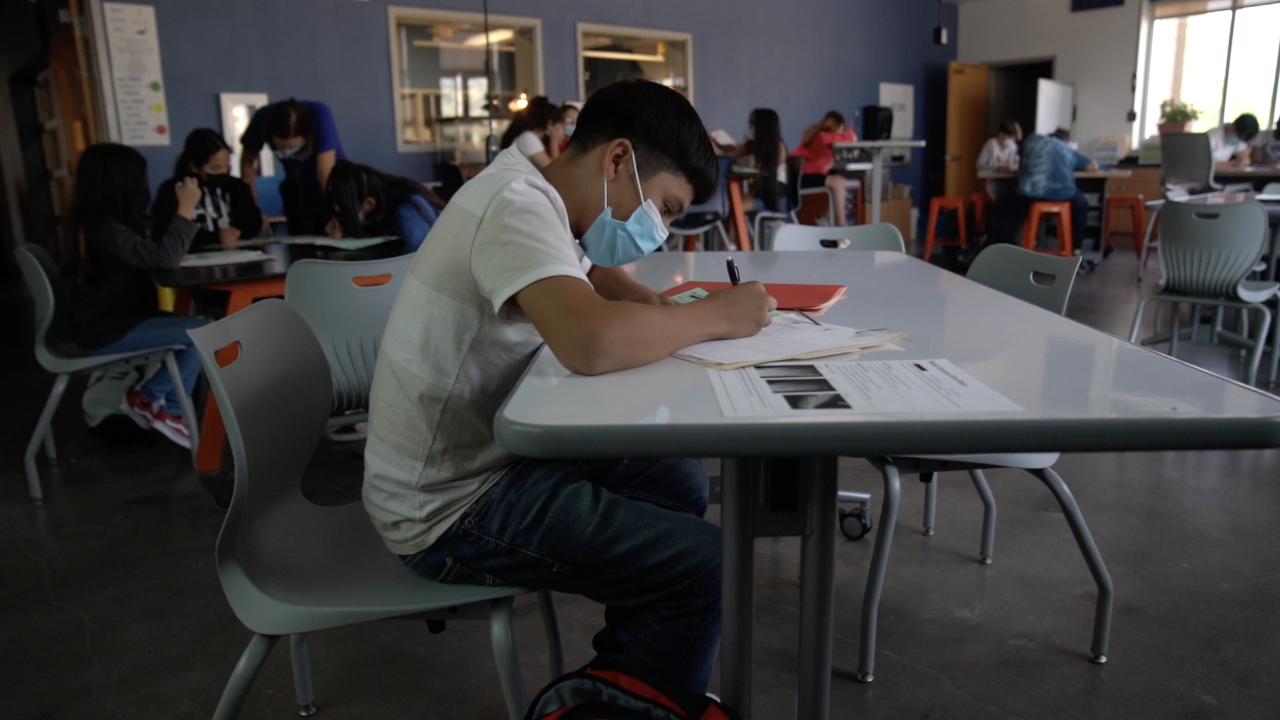AVONDALE, AZ — More children are missing class on a more regular basis and some organizations and school districts are now trying to find a way to help decrease that.
Students missing class means they’re not getting the education they need.
“The bottom line is, we can’t teach kids if they’re not in school,” said Dr. Betsy Hargrove, the superintendent of the Avondale Elementary School District.
More children became chronically absent after the pandemic. Chronic absences mean students are missing 10% of the school year or at least 18 days. It also includes excused and unexcused absences and it can happen quickly.
According to data from the Arizona Department of Education, 34% of children were chronically absent in 2022. That’s up 22% from 12% in 2019.
“There very much was this sense of urgency and that we needed to prioritize strategies to mitigate and reduce chronic absence,” said Lori Masseur, with local organization Read On Arizona.
Students miss school for a number of reasons. It may be because they don’t have transportation to school such as missing the bus, or there are personal situations in families that make it harder for a student to attend class.
It could also be a kid who’s missed school due to sickness and the days can add up quickly.
The organization decided to convene a task force to help reduce chronic absenteeism and keep kids in class. Over the next year, they’ll work with state agencies, other organizations and school districts to help find solutions.
Some of those districts include the Window Rock Unified School District, Tanque Verde Unified School District and the Avondale Elementary School District, where Superintendent Hargrove said they’ve been successful with decreasing absences over the years.
Before the pandemic, one of the district’s schools saw a decrease in chronic absenteeism from 18% down to 10% in one year. However, the pandemic made things worse.
Since school operations went back to normal, though, they decreased chronic absences between 20% to 40%, depending on the school.
“It’s sitting down with families, with students, with teams of educators, with our community. We have community support who come in and help with supporting children in getting them to school,” Hargrove said.
That means in times, where absolutely necessary, they’ll even have local community agencies and professionals like firefighters or police to encourage kids to go to school.
“We want to be able to mitigate for each and every one of those circumstances but it takes intensive, specific relationships and actions to be able to mitigate for each set of circumstance,” Hargrove said.
They’ve put in different district practices, too, where they encourage children to come to school with classroom challenges and incentives as well as giving more kids extracurricular activities to get students excited to go to school.
According to one research from Arizona State University in 2015, an analysis showed that a 1% increase in district-level attendance rates correlated with a 1.4% increase in the percentage of students passing the AIMS (Arizona's Instrument to Measure Standards) reading test at the school level.
The task force held its first meeting in May and will periodically meet over the next year. Masseur said they plan to put together a guide to hopefully help kids continue to consistently go to school.





